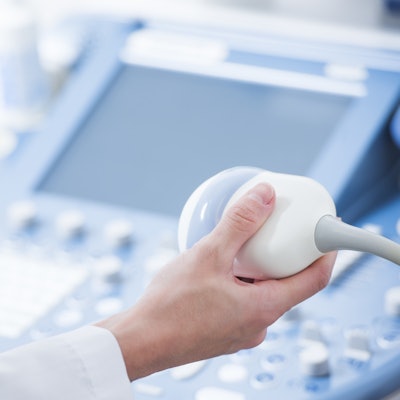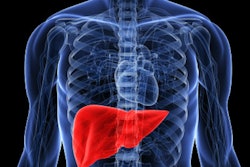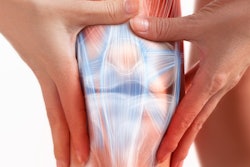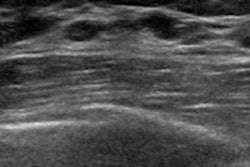
Shear-wave elastography (SWE) boosts diagnostic accuracy in patients with plantar fasciitis, according to a new study published online May 30 in Academic Radiology.
And its diagnostic power is even greater when it's combined with B-mode ultrasound, yielding 100% sensitivity, according to a team led by Dr. Matthias Gatz of University Hospital RWTH Aachen in Germany.
"[Our] study showed for the first time that SWE has an additive diagnostic value for diagnosing plantar fasciitis, with a sensitivity of 100% for the combined usage of SWE and B-mode ultrasound," the group wrote. "Additionally, the diagnostic accuracy increased from 79% using B-mode ultrasound to 84% using SWE."
The current standard for diagnosing plantar fasciitis is B-mode ultrasound to identify hypoechoic areas, border irregularities of the fascia, and calcifications. In particular, plantar fascia thickness of more than 4 mm is the key diagnostic sign for diagnosing fasciitis with B-mode ultrasound. But since fascia thickness can actually decrease over time, even in patients with fasciitis, B-mode ultrasound can miss fasciitis cases.
Gatz and colleagues hypothesized that SWE would be more effective in diagnosing fasciitis because it measures tissue stiffness and can therefore identify the condition even if the fascia isn't thickened, according to the group. The technique may also be more effective than B-mode ultrasound for monitoring the effects of treatment, according to the team.
To investigate, the group conducted a study that included 82 patients with plantar fasciitis. These patients were divided into three groups: symptomatic (39), asymptomatic (23) and bilateral asymptomatic (20). The reference standard for the study was B-mode ultrasound findings of a plantar fascia thickness greater than 4 mm. The researchers measured shear-wave tissue elasticity at the calcaneus, at 1 cm away from the calcaneus, and at the central part of the calcaneus. The group then calculated sensitivity, specificity, and diagnostic accuracy of SWE compared with B-mode ultrasound.
Gatz's team found that SWE was more sensitive and more diagnostically accurate than B-mode ultrasound alone, although it was less specific.
| SWE compared with B-mode ultrasound for diagnosis of plantar fasciitis | ||
| Performance measure | B-mode | SWE |
| Sensitivity | 61% | 85% |
| Specificity | 95% | 83% |
| Diagnostic accuracy | 79% | 84% |
Sensitivity and diagnostic accuracy were highest when the two techniques were combined, at 100% and 90%, respectively.
The study results show that SWE can boost B-mode ultrasound's performance -- good news for patients with a condition like plantar fasciitis, which doesn't necessarily present in a way ultrasound can identify, according to Gatz's team.
"SWE provides a quantitative assessment of plantar fasciitis integrity and can distinguish between symptomatic and asymptomatic patients better than B-mode ultrasound," the group concluded.




















